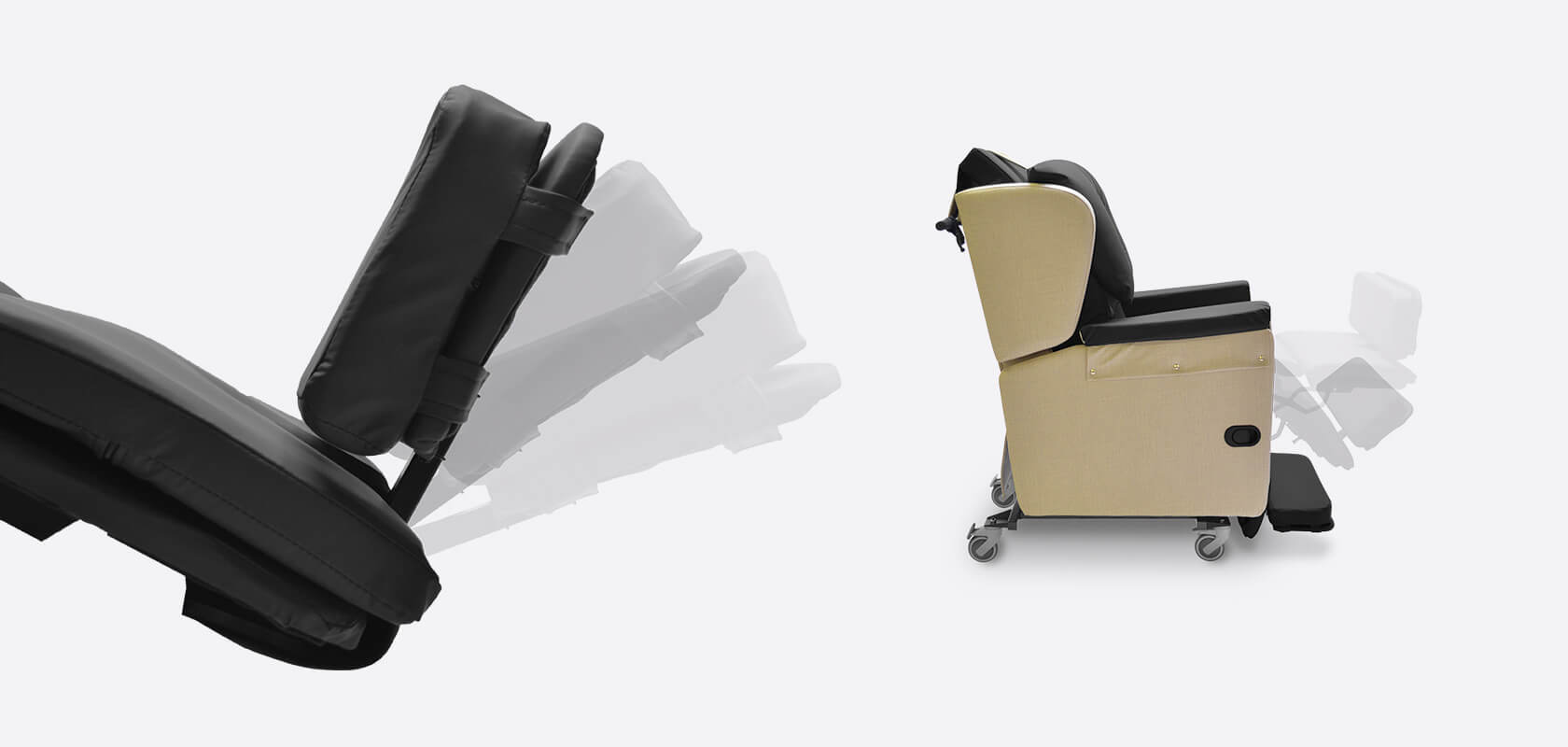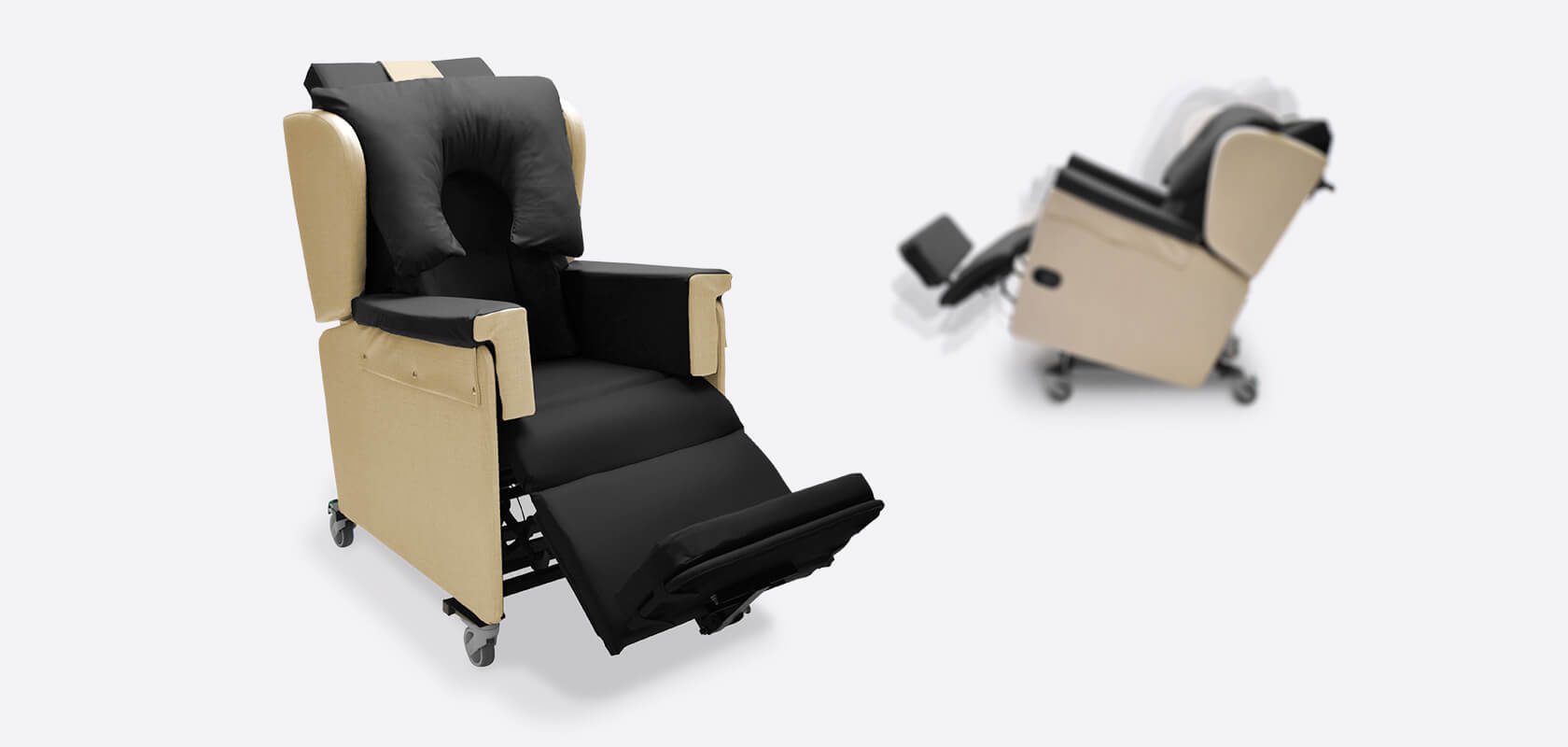When deciding which chair will be most suitable for your patient, you should consider a number of different factors depending on their needs. Here are three of the most important.
Pressure Relief
If your patient will be sitting or lying for extended periods of time, pressure relief should be a priority as pressure ulcers can develop. Look for a chair with excellent pressure relief in key areas and make sure you are using the chair and the pressure cushions correctly. Pressure relief cushions often contain specialist foam or gel to increase the air circulation around the skin and lessen the impact of sitting for extended periods.
Our chairs offer a variety of different pressure care options, with our industry-leading specialist foams and gels coming as standard in many models.
Adjustable Leg Support
Once again, this is especially useful for patients who spend a lot of time sitting, as well as those patients who suffer from back pain, stiff joints or muscle weakness. Three types of chair offer this facility: manually operated, single motor and dual motor chairs.
As would be expected, manually operated chairs work via a lever that will raise or lower the leg rest. Chairs with motors are useful for patients who may find operating a lever difficult. A single motor chair will move both the back rest and the leg rest together, whereas a dual motor chair will move the back and leg rests independently from one another. The latter is useful for patients who may need to move the position of their legs, while remaining upright.
To find out more about correct leg positions while seated, click here.
Adaptability
For patients with complex needs, you may need to recommend a chair that is easy to customise. Multi-adjustable chairs will have removable back, neck and side supports that can be adjusted to meet the patients shape, and changed during the day to avoid sheer or pressure build up.
Tilt in Space is also a desirable feature in a chair for a patient with complex needs, as it can be angled backwards to offer the support of a deep set, then manoeuvred forwards to enable the patient to stand up easily.
Tilt in Space or Back Angle Recline? The Differences Explained
Our Eco-Flex and MultiCare Plus models are particularly useful for patients who need high adaptability in a chair. (They are also useful for settings such as a waiting room or care home where the chair may have multiple users).



